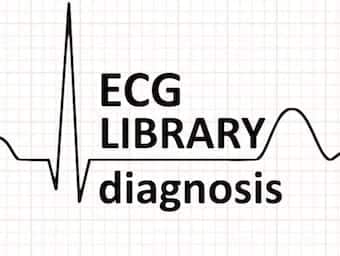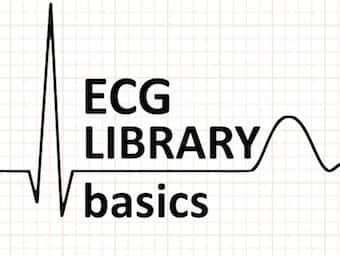
OMI: Replacing the STEMI misnomer
The OMI/NOMI paradigm: Better recognising patients with acute ischaemia that will respond to Percutaneous Coronary Intervention (PCI)

The OMI/NOMI paradigm: Better recognising patients with acute ischaemia that will respond to Percutaneous Coronary Intervention (PCI)

Right Bundle Branch Block (RBBB) activation of the right ventricle is delayed as depolarisation spreads across septum from left ventricle.

Also known as primary sinus tachycardia, inappropriate sinus tachycardia (IST) is a generally benign condition that has a prevalence of ~1% in the general population

Bifascicular block is the combination of RBBB with either LAFB or LPFB. Conduction to the ventricles is via the single remaining fascicle.

Atrioventricular Nodal Reentrant Tachycardia (AVNRT) is a type of SVT and is the commonest cause of palpitations in patients with hearts exhibiting no structurally abnormality.

Defined as PR interval > 200ms, commonly caused by AV nodal blocking drugs

RPWT is the time from onset of earliest Q wave or R wave to the peak of the R wave in lateral leads

Wellens syndrome - learn how to recognise this sign of critical LAD occlusion, with some great ECG examples from the LITFL ECG library

Ventricular fibrillation (VF) is the the most important shockable cardiac arrest rhythm. It is invariably fatal unless advanced life support is rapidly instituted

Familial arrhythmogenic disease associated with paroxysmal atrial and ventricular fibrillation, syncope and sudden cardiac death

ECG features, aetiology and list of causes of right axis deviation (RAD) Hexaxial reference system QRS axis between +90° and + 180°

The ECG changes associated with acute pulmonary embolism may be seen in any condition that causes acute pulmonary hypertension, including hypoxia causing pulmonary hypoxic vasoconstriction.